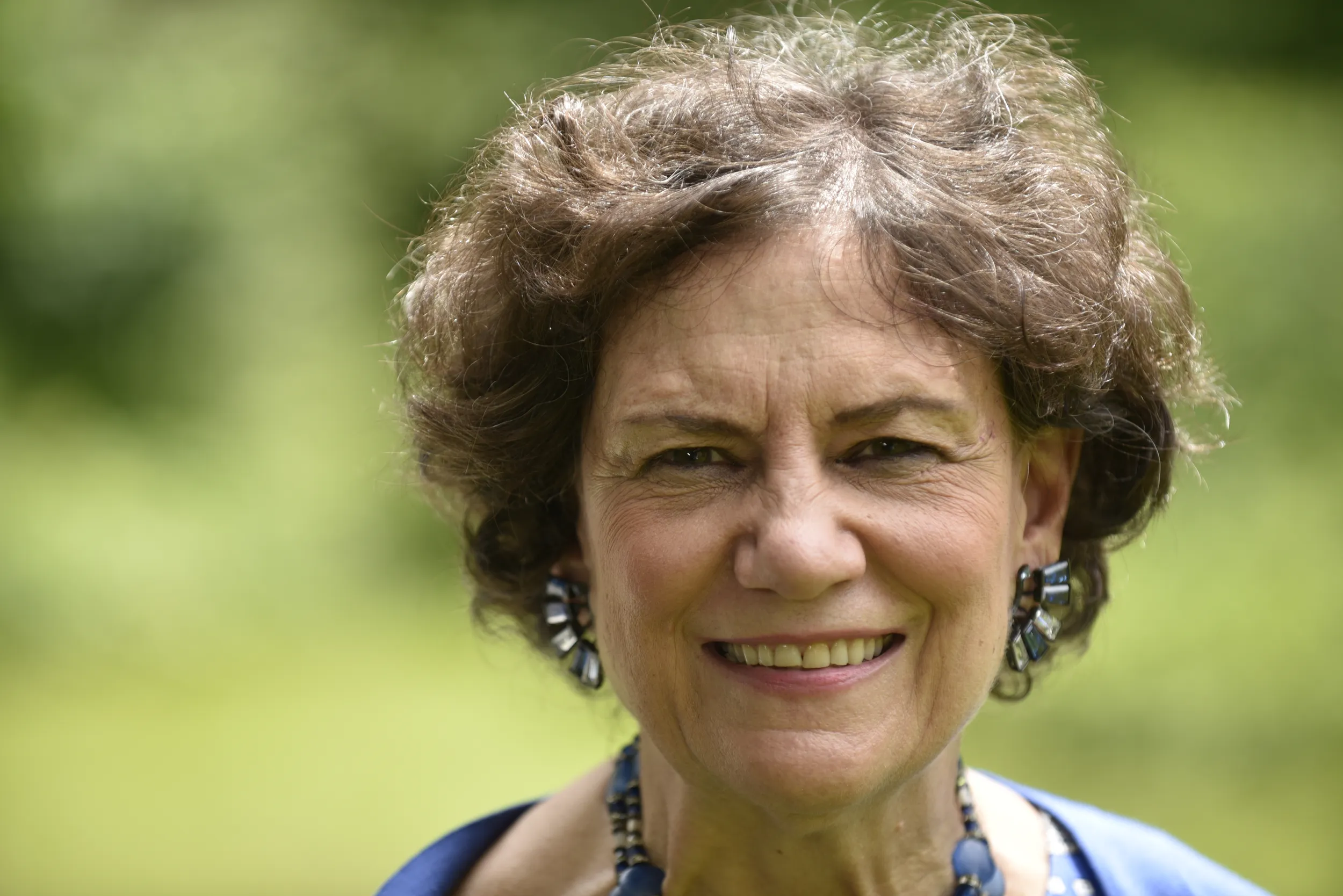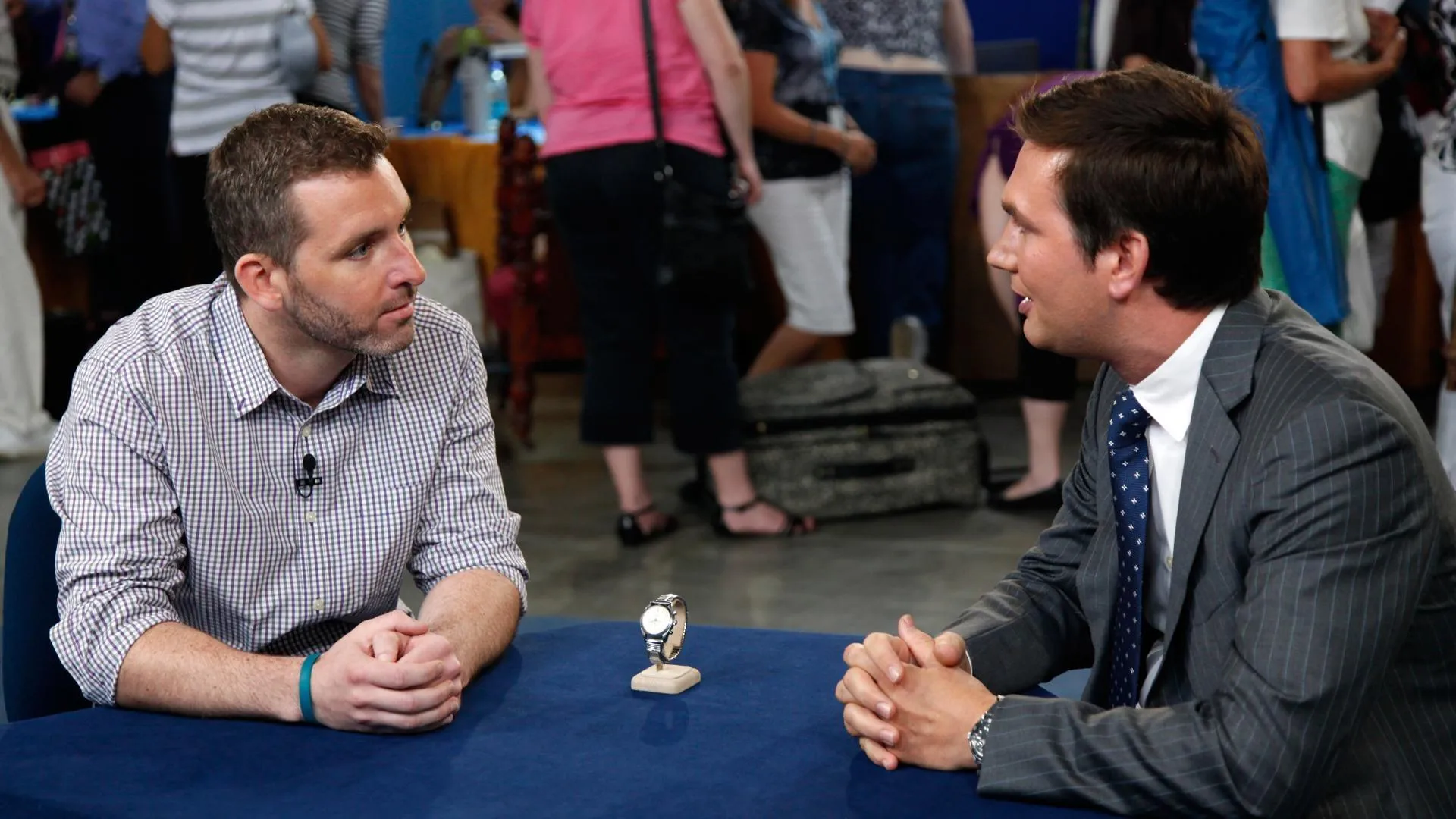GUEST: I acquired it at an estate sale here in Washington, D.C. It was the midweek, and I was going to the barber shop to get my hair cut, and I passed and I saw a sign in front of the house that said "Estate Sale." I said, "Well, who in the world would have an estate sale in the middle of the week?" So I drove on to the barber shop, and, uh, so when I came back, the sign was still there and I almost passed it again, but something told me to go in and take a look. So I turned the car around and went back, and that's where I found this painting.
APPRAISER: And you're a collector in general, is that right?
GUEST: Yes, I collect African-American art.
APPRAISER: This is somewhat of a departure with what you collect, so why did you happen to acquire this painting?
GUEST: Well, after I did my research on... just on this lady, her teacher was Thomas Eakins. And I said, "Well, this is the closest I'll probably ever come to owning a Henry O. Tanner painting," because Eakins was Henry O. Tanner's teacher.
APPRAISER: Tanner was one of the most important African-American artists in the early 20th century.
GUEST: Yes.
APPRAISER: Jessie Willcox Smith is sometimes called the Mary Cassatt of illustration, because she loved painting children, as did Mary Cassatt, and she was also from Philadelphia, where Cassatt was from. She was born in 1863 and died in 1935. And before she studied at the academy, she went to the Design School for Women, and then she did study with Eakins, and then eventually she meets an illustrator named Howard Pyle, and Howard Pyle is one of the premier illustrators in America, and he was working in the Brandywine area, where the Wyeths were. Pyle had started a school at the Drexel Institute, and there were mostly women students, because as you can imagine, at that time, women were somewhat limited in what they were painting, usually portraits or still lifes and illustration, and even in her class was the famous artist Maxfield Parrish, so she certainly was in great company. She was mostly known for being a book illustrator. She illustrated well-known books, like Little Women, Heidi, Little Mother Goose. She was also a very well-known illustrator for magazines. She also did advertisements for Ivory and Procter & Gamble and Kodak and things like that. Now, this painting that you've brought today shows a little girl, and in terms of her work, the most desirable paintings are actually paintings of little girls, rather than little boys, so we have the right subject matter here, certainly. It's actually in pretty much its original condition. It's an oil on board. It has yellowed, as you can see here. That's the varnish discoloring, so that can be cleaned. The biggest issue seems to be the sort of tear or the breakage here, and one would have to get a conservator to see how that would repair. If it were a canvas, it would be much easier to repair than a board, but it certainly can be tended to. Now, how much did you pay for it?
GUEST: The sellers had separated the frame from the painting, and they charged $90 for the painting and $10 for the frame. (laughs) So I paid them a total of $100.
APPRAISER: Wow. That is the original frame, which is great. This artist and illustration work like this is very, very popular in today's market, and the prices do span quite a gap. In its present condition, it might be worth $75,000. In order to maximize the price, you would have to have it restored, and the cost of restoration for something like this shouldn't be more than maybe $1,000 to $1,500, but for a painting like this, if it were for sale in a New York gallery, if it were in good condition, repaired, might be asking as much as $100,000.
GUEST: Well, in the Gullah country in South Carolina, there's a dance that we call, we call the rain dance. I feel like doing the rain dance here, but I just don't have any music. So thank you very, very much.
APPRAISER: Oh, you're welcome.
GUEST: I should teach you the rain dance also.
APPRAISER: You should, you should!
GUEST: Thank you so much!
APPRAISER: You're welcome.
GUEST: Thank you, thank you, thank you, thank you.



